
Dr. Rashmi Bansal
Dr. Rashmi Bansal provides a full spectrum of dental services, from emergency care and dental implants to cosmetic dentistry and teeth aligners, all designed to give you the healthy, beautiful smile you deserve.
Preserve your natural tooth and eliminate pain with precision endodontic therapy.
Enhance your smile's appearance with personalized cosmetic treatments.
Restore your smile's function and aesthetics with custom-made crowns and bridges.
Repair cavities and restore tooth integrity with durable, high-quality fillings.
Safely remove problematic teeth to improve oral health and comfort.
Comprehensive surgical solutions for complex dental issues, from implants to corrective procedures.
Minimally invasive treatments for gum disease, cavities, and more, using advanced laser technology.
Maintain oral health and brighten your smile with professional cleaning and whitening services.
Add a sparkle to your smile with safe, fashionable tooth jewellery.
Address dermatological and hair concerns with tailored treatments for revitalization and health.
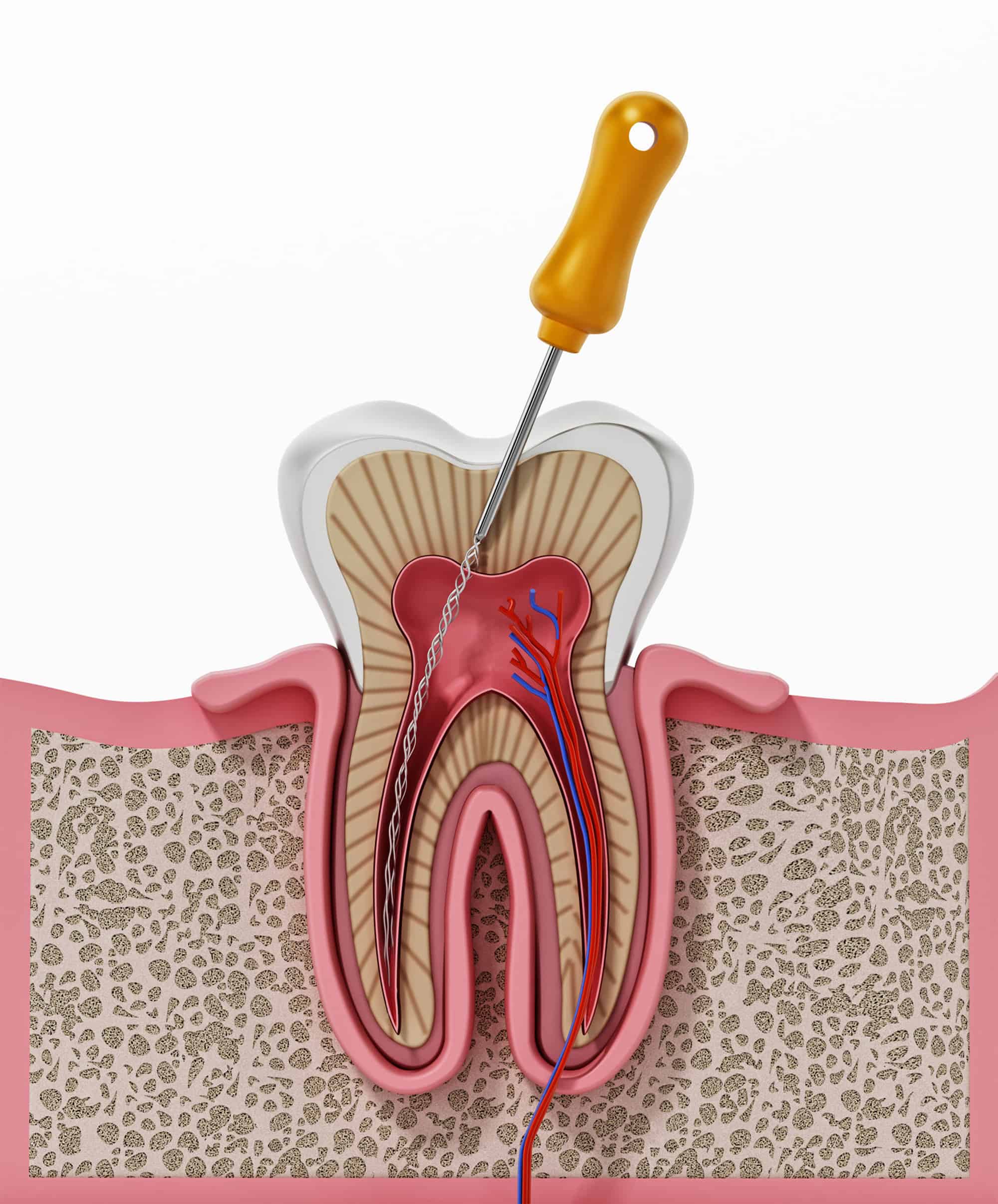
Root canal treatment is an often straightforward procedure that can be done in a dental clinic to relieve dental pain. Patients typically need a root canal treatment when there is inflammation or infection in the roots of a tooth. There’s no need to be worried if your dentist or endodontist prescribes a root canal procedure to treat a damaged or diseased tooth. Millions of teeth are treated and saved this way each year, relieving pain and making teeth healthy again with revolutionary dental care.
Inside your tooth, beneath the white enamel and a hard layer called dentin, is a soft tissue called pulp. This tissue contains blood vessels, nerves and connective tissue, which help grow the root of your tooth during its development.
A fully developed tooth can survive without the pulp because the tooth continues to be nourished by the tissues surrounding it. Modern endodontic treatment is nothing like those old sayings! It’s very similar to a routine filling and can usually be completed in one or two appointments, depending on the condition of your tooth and your personal circumstances.
Getting a root canal is relatively painless and extremely effective. You’ll be back to smiling, biting and chewing with ease in no time.
Efficient chewing
Normal biting force and sensation
Natural appearance
Protects other teeth from excessive wear or strain
Gaining Access to the Canal and extirpation of the pulp tissue
Determining Length of the root canal/s
Biomechanical preparation of root canal/s and proper irrigation and debridement.
Sealing of the root canals
Proper post-operative restoration of the tooth/teeth
Many people worry that a root canal will be painful, something that was true in the past. Today, with advanced anesthesia options and surgical techniques – a root canal is as comfortable as getting a filling. An infected tooth (pre-root canal), is usually what causes tooth pain, and a root canal is a solution to this problem. In fact, infected tooth pulp can cause a tooth abscess and can destroy the bone surrounding the tooth.
A treated and restored tooth can last a lifetime with proper care. Root canals have a high success rate and are significantly less expensive than the alternative, tooth extraction and replacement with a bridge or implant. But tooth decay can still occur in treated teeth, so good oral hygiene and regular dental exams are necessary to prevent further problems.
To determine the success or failure of root canal treatment, dentists typically compare new X-rays with those taken prior to treatment. This comparison will show whether bone continues to be lost or is being regenerated.
Sometimes root canals are not successful because an infection develops inside the tooth, or the original infection was not fully removed. In these cases, an apicoectomy, a procedure where the infection and the root tip are removed and a filling placed, is done. Other times a repeat root canal is recommended.
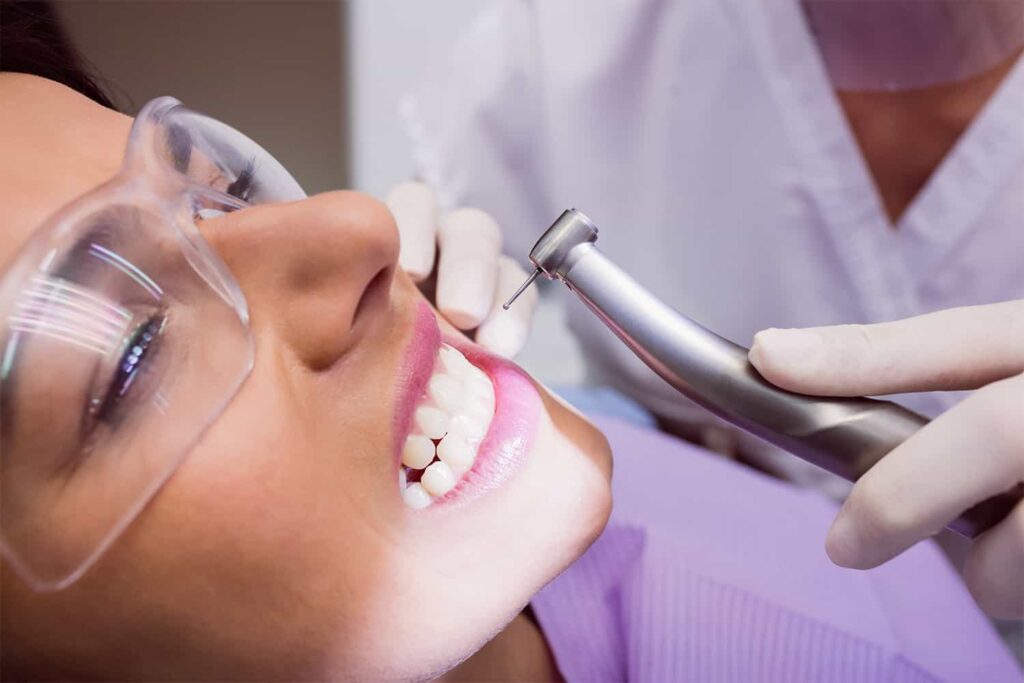
At Wellness Clinic, our Cosmetic / Aesthetic Dentistry services are designed to enhance your smile and boost your confidence. Our dedicated team of dental professionals uses the latest techniques and technology to create beautiful, natural-looking results that are tailored to your individual needs and desires.
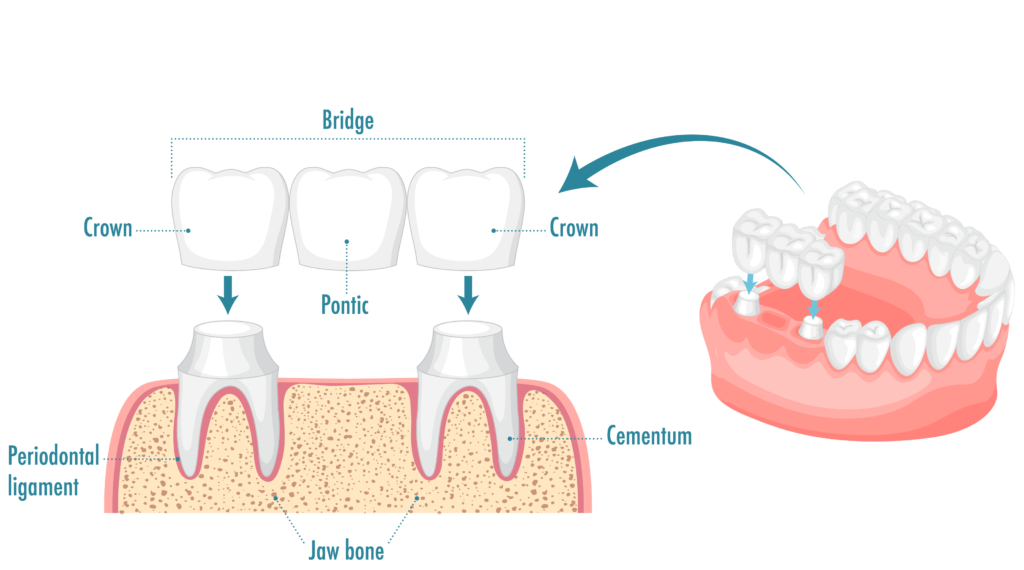
Crowns & Bridges are dental restoration for a single tooth or multiple teeth which are damaged, decayed or lost. Crowns and most bridges are fixed prosthetic devices used for your dental restoration and may be temporary or permanent.
Both crowns and bridges are cemented onto existing teeth or implants which can be removed only by a dentist. It is not like other removable devices such as dentures, which can be taken out and clean daily by you. To restore a damaged tooth back to its original form, we use crowns whereas bridges are used to replace one or more missing teeth.
During the preparation of the teeth, a badly decayed tooth may require “build up” with a special restorative material. With a fixed bridge, the prosthesis will span the area of a missing tooth, known as pontic, while the two or more adjacent supporting teeth are called abutments. An impression is taken of the prepared area and a temporary crown or bridge is placed.
To protect a weak tooth (for instance, from decay) to prevent it from breaking or in order to hold together parts of a cracked tooth
To restore an already broken tooth or a tooth that has been severely worn down
To cover and support a tooth with a large filling when there isn’t a lot of tooth left
To hold a dental bridge in place
To cover a dental implant
To cover mis-shaped or severely discolored teeth
To functionally strengthen teeth which have been treated for root canals
For gap closures between teeth
The first step is to prepare the abutment teeth. In this process teeth are recontoured by removing a portion of enamel and dentin to allow room for a crown to be placed over them.
Then impressions of teeth are made. With these impressions a model is made from which the bridge, pontic, and crowns will be developed in a dental laboratory. Your dentist will supply you with a temporary bridge for you to wear to protect the exposed teeth while your bridge is being made.
During the next visit, the temporary bridge is removed and the new permanent bridge will be fitted after through check and proper adjustment
Number of visits may be required to check the fit of the metal framework and bite depending on case-to-case basis. If the dental bridge is a fixed (permanent) bridge, your dentist may temporarily cement it in place for a couple of weeks to make sure that fits properly. After a couple of weeks, the bridge will be permanently cemented into place.
In bonded dental bridges adjacent teeth to the empty space are used to help support the missing tooth. To do this, a very thin piece of metal or tooth-colored material is overlaid and bonded onto the back of the adjacent teeth. In between these two bonded pieces a tooth is placed to fill the empty space. The main advantage of bonded dental bridges is that it is that it uses the adjacent teeth for support. So, if the tooth next to the empty space is in good condition and if it does not require any other type of restorations (fillings), bonded dental bridges may be an option.
However, the durability factor is dependent on the strength it derives from the adjacent teeth. So the condition of the adjacent teeth is very important and how hard they are fixed to the root. Research shows that the failure rate is about 25% at five years. This means that one out of every four dental bridges will come off within five years. Generally, they can be re-bonded when they come off, but once it is re-bonded, the chance of it coming off again increases.
In this type of restoration only one tooth next to the empty space is used to support the missing tooth. In this restoration the designs can range from only using the back of the tooth (more conservative) to using a full crown to help support the missing tooth (less conservative).
This type of design is particularly useful for replacing missing lateral incisors.
Dental implant surgery – in this type of bridge the implants are placed into the jaw bone. Implant restoration – the process in which a crown is built on top of the dental implants. Both procedures are very common, and not too complicated. In some cases, depending on the patient’s jaw bone anatomy, a sinus lift or a dental bone graft is needed too The goal in restoring a missing tooth is choosing the most conservative treatment that will provide you with a restoration that not only looks good but is functional and has long-term stability.
Both procedures are very common, and not too complicated. In some cases, depending on the patient’s jaw bone anatomy, a sinus lift or a dental bone graft is needed too The goal in restoring a missing tooth is choosing the most conservative treatment that will provide you with a restoration that not only looks good but is functional and has long-term stability.
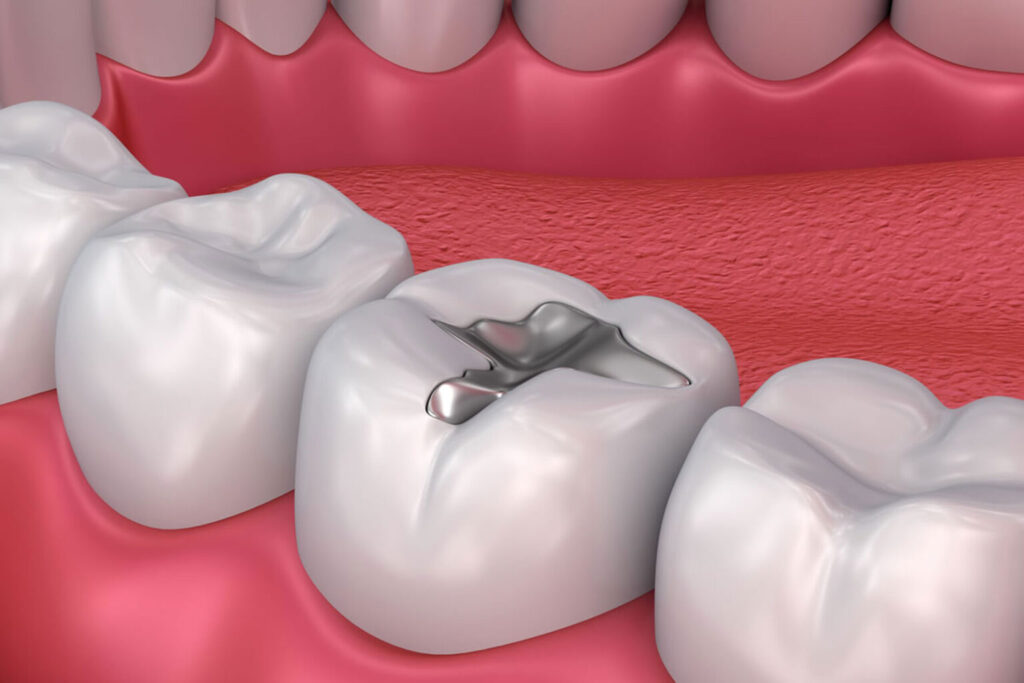
Restoring Health, Beauty, and Function to Your Smile
Dental fillings are a fundamental component of maintaining oral health, effectively restoring teeth damaged by decay back to their original condition. At Wellness Clinic, we specialize in high-quality dental fillings that not only treat cavities but also blend seamlessly with your natural teeth, ensuring a healthy and aesthetically pleasing result.
Our Dental Fillings Services Include:

Expert Care for a Healthier Smile
At Wellness Clinic, our Extraction / Disimpaction services are an integral part of our commitment to maintaining your oral health. Whether you’re experiencing pain from impacted wisdom teeth or need an extraction for orthodontic reasons, our skilled dental team is here to provide you with safe, effective treatment.
What We Offer:
We at Wellness Clinic are experienced in performing extractions and disimpaction procedures with precision and care. We use the latest techniques and anesthesia options to ensure your comfort throughout the procedure. Our team is also dedicated to providing comprehensive post-operative care and guidance to promote quick and smooth recovery, ensuring that you can return to your normal activities with minimal downtime.
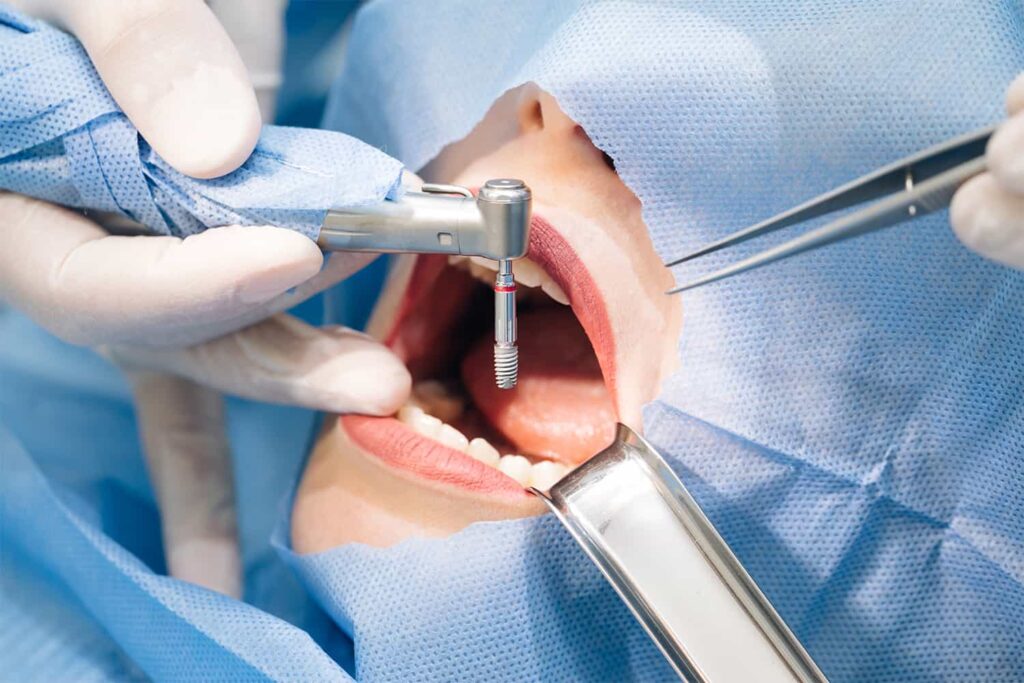
Comprehensive Surgical Care for Optimal Oral Health
At Wellness Clinic, we specialize in providing a full spectrum of dental surgery options tailored to meet the unique needs of each patient. Our state-of-the-art clinic is equipped with the latest technology and staffed by a team of highly skilled dental professionals dedicated to delivering the highest standards of care.
What We Offer:
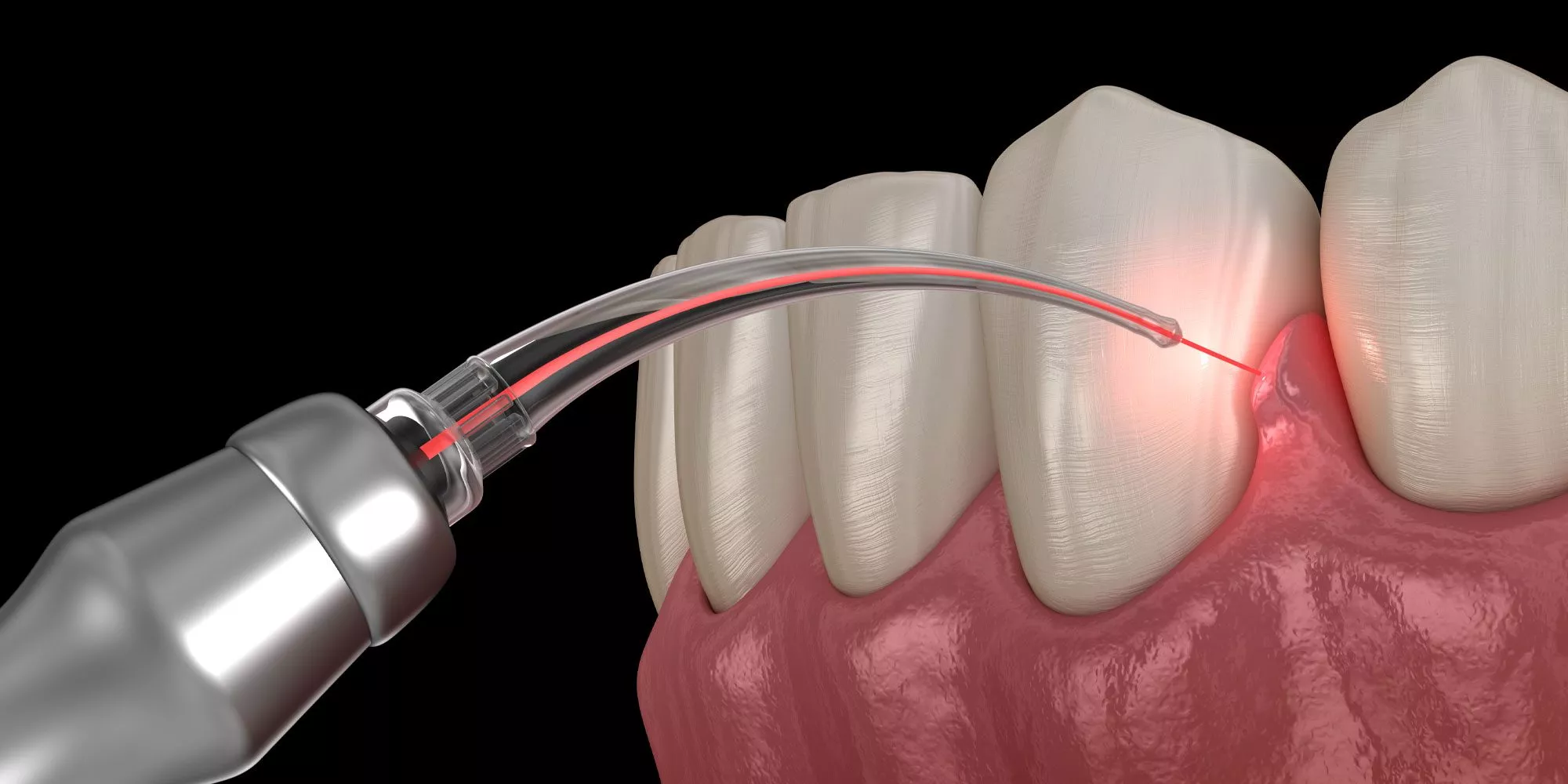
Dental procedures may soon be performed quicker, more effectively and more comfortably thanks to the growing popularity of laser dentistry.
Laser (Light Amplification by Stimulated Emission of Radiation) technology is now being used in various types of procedures lately.
An increasing number of dental offices around the world are using dental lasers as the technology continues to improve and its cost decreases. Jehangir Oracare Dental Centre also offers a wide range of treatments with the use of lasers. Eventually in the future, dental lasers could make it possible for dentists to access any part of a tooth, replacing the need for the traditional dental drill. This may help to relieve the fear and anxiety many people experience when they go to the dentist.
Procedures performed using soft tissue dental lasers may not require sutures (stitches).
Certain procedures do not require anesthesia. Minimizes bleeding because the high-energy light beam aids in the clotting (coagulation) of exposed blood vessels, thus inhibiting blood loss.
Bacterial infections are minimized because of the high-energy beam which sterilizes the area being worked on.
Damage to surrounding tissue is minimized.
Pain is minimized
Wounds heal faster and tissues can be regenerated.
In general, There are two types of Lasers used in Dentistry. They are :
1. Hard tissue lasers
2. Soft Tissue lasers
Procedures performed using soft tissue dental lasers may not require sutures (stitches).
Certain procedures do not require anesthesia. Minimizes bleeding because the high-energy light beam aids in the clotting (coagulation) of exposed blood vessels, thus inhibiting blood loss.
Bacterial infections are minimized because of the high-energy beam which sterilizes the area being worked on.
Damage to surrounding tissue is minimized.
Pain is minimized
Wounds heal faster and tissues can be regenerated.
In general, There are two types of Lasers used in Dentistry. They are :
1. Hard tissue lasers
2. Soft Tissue lasers
Hard Tissue (tooth related) Procedures :
As a Cavity Detector: Low intensity soft tissue dental lasers may be used for the early detection of cavities by providing a reading of the by-products produced by tooth decay.
Dental Fillings/Tooth Preparation: Hard tissue dental lasers may eliminate the need for a local anesthetic injection and the traditional turbine dental drill. Lasers used in dental filling procedures are capable of killing bacteria located in a cavity, potentially leading to improved long term tooth restorations. However, dental lasers are not appropriate for the replacement of amalgam fillings, onlays or crowns.
Tooth Sensitivity: Dental lasers may be used to seal tubules (located on the root of the tooth) that are responsible for hot and cold tooth sensitivity.
Soft Tissue (Gum related) Procedures :
Crown Lengthening: Dental lasers can reshape gum tissue (soft tissue laser) and bone (hard tissue laser) to expose healthier tooth structure. Referred to as crown lengthening, such reshaping provides a stronger foundation for the placement of restorations.
Gummy Smile: Dental lasers can reshape gum tissue to expose healthy tooth structure and improve the appearance of a gummy smile.
Muscle Attachment (Frenula): A laser frenectomy is an ideal treatment option for children who are tongue tied (restricted or tight frenulum) and babies unable to breast feed adequately due to limited tongue movement. A laser frenectomy may also help to eliminate speech impediments.
Soft Tissue Folds (Epulis): Dental lasers may be used for the painless and suture-free removal of soft tissue folds often caused by ill-fitting dentures.
Gingivectomy : for reshaping gums and removal of pericoronal flaps ( gum tissue surrounding wisdom teeth ) which may restrict eruption of wisdom teeth and/or cause food lodgement leading to inflammation and pain.
Other Applications Of Laser Dentistry :
Teeth Whitening: Low intensity soft tissue dental lasers may be used to speed up the bleaching process associated with teeth whitening.
Temporomandibular Joint Treatment: Dental lasers may be used to quickly reduce pain and inflammation of the temporomandibular jaw joint, or pain from Muscular Spasms.
Viewing Tooth and Gum Tissues: Optical Coherence Tomography is a safer way to see inside tooth and gums in real time.
Benign Tumors: Dental lasers may be used for the painless and suture-free removal of benign tumors from the gums, palate, sides of cheeks and lips.
Cold Sores and Oral Ulcers: Low intensity dental lasers reduce pain associated with cold sores and ulcers and minimize healing time. Nerve Regeneration: Photobiomodulation can be used to regenerate damaged nerves, blood vessels and scars.
Sleep Apnea: In cases where sleep apnea is a result of a tissue overgrowth in areas of the throat (which sometimes occurs with age), a laser assisted uvuloplasty or laser assisted uvula palatoplasty (LAUP) procedure can be performed to reshape the throat and relieve the associated breathing problems associated with sleep apnea.
Implant Exposure : removal of gum tissue in second stage of implant surgery to expose implant for placement of healing caps or abutments. This enables a bloodless field of surgery minimising trauma to tissues and promotes quick healing which can enable the dentist to take immediate impressions.
Lasers represent an innovative and more precise technology for specific hard and soft tissue applications. If you wish to choose a laser specialist at our clinics, you may find that you feel more comfortable and less anxiety during your treatments.
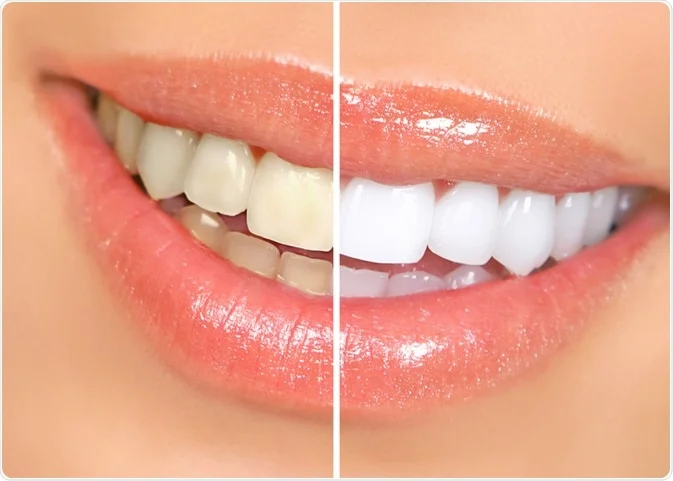
At Wellness Clinic, we believe that a healthy, radiant smile can significantly enhance your confidence and overall well-being. Our Scaling, Cleaning, and Whitening services are designed to provide you with a fresh, clean, and sparkling smile, using the latest in dental technology and techniques.
What We Offer:
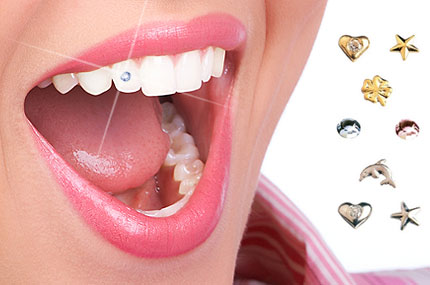
Add a Sparkle to Your Smile
Elevate your smile with a touch of glamour through our Tooth Jewellery services at Wellness Clinic. Tooth jewellery is a painless, fun way to express your style and personality, adding a sparkle to your smile without compromising the health of your teeth.
What We Offer:
Customize Your Smile: Tooth jewellery is not just about adding a sparkle; it’s about personalizing your smile in a way that’s uniquely you. Whether you’re attending a special event, looking for a new form of self-expression, or simply want to stand out, tooth jewellery offers a subtle yet stunning way to enhance your appearance.
Care and Maintenance: Caring for your tooth jewellery is easy and does not require any special maintenance beyond your regular oral hygiene routine. We will provide you with all the necessary advice on how to best care for your embellished smile, ensuring the longevity and brilliance of your tooth jewellery.
Transform your smile into a work of art with our Tooth Jewellery services. Schedule your appointment at Wellness Clinic today and let your smile shine brighter than ever before.
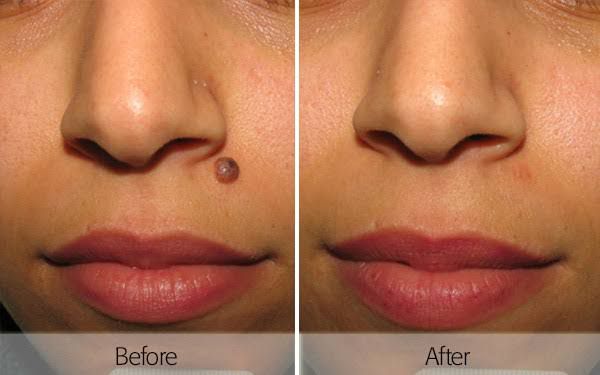
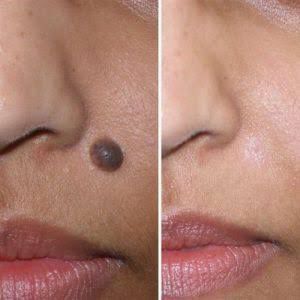
Whether you were born with a mole or it developed over time, you might not like how it looks or feels. If you have a mole that bothers you, discuss your concerns with your healthcare provider. Don’t attempt at-home mole removal. Getting a mole removed by a medical professional is safer and you’ll be happier with how you look after you heal.
If you’ve tried over-the-counter (nonprescription) acne products for several weeks and they haven’t helped, ask your doctor about prescription-strength medications. A Cosmetologist can help you:
Acne medications work by reducing oil production and swelling or by treating bacterial infection. With most prescription acne drugs, you may not see results for four to eight weeks. It can take many months or years for your acne to clear up completely.
The treatment regimen your doctor recommends depends on your age, the type and severity of your acne, and what you are willing to commit to. For example, you may need to wash and apply medications to the affected skin twice a day for several weeks. Topical medications and drugs you take by mouth (oral medication) are often used in combination. Treatment options for pregnant women are limited due to the risk of side effects.
Talk with your doctor about the risks and benefits of medications and other treatments you are considering. And make follow-up appointments with your doctor every three to six months until your skin improves.
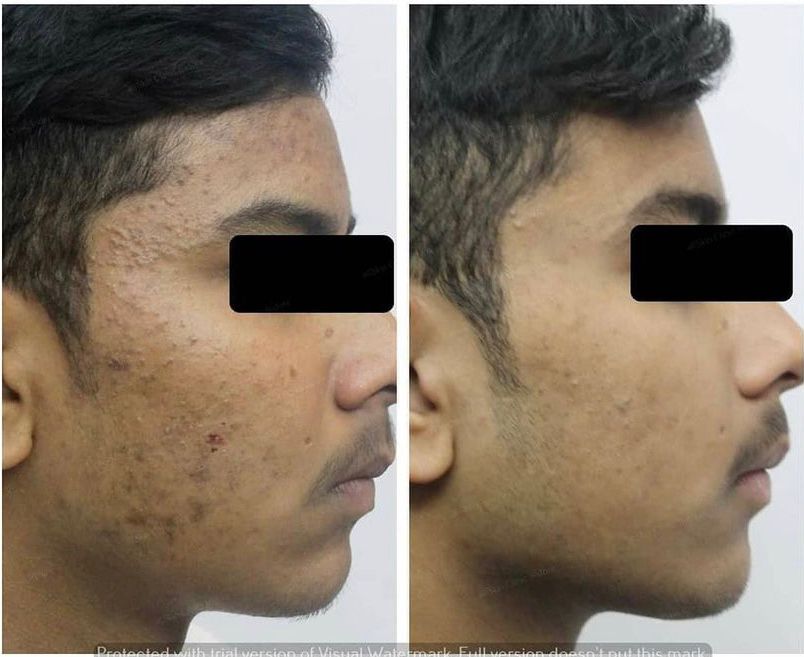
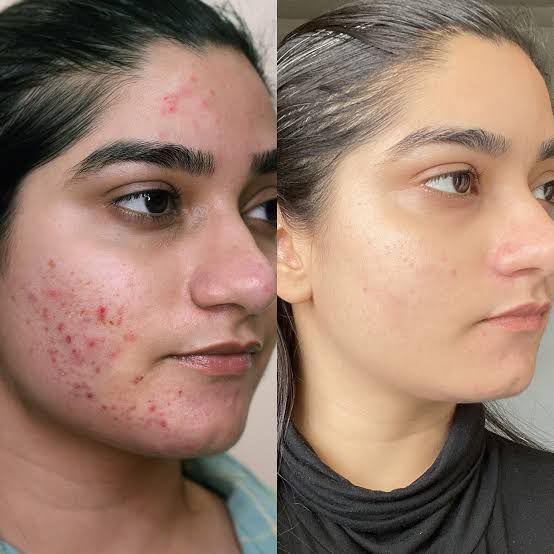
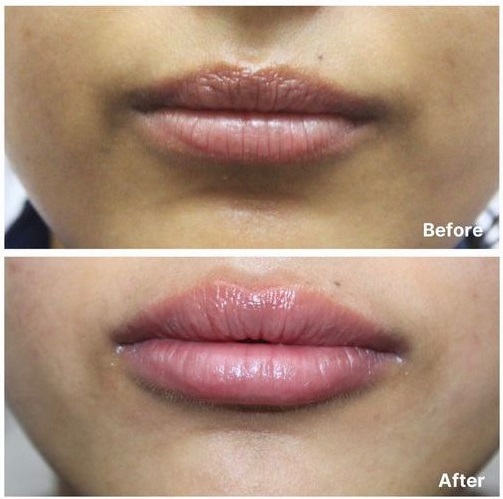
Lip filler is a cosmetic procedure that modifies the shape of the lips using fillers, such as collagen or implants. The procedure may be performed to increase lip size, correct asymmetry, create protrusion, or adjust the ratio of the top and bottom lips. The procedure typically involves surgical injection, though temporary non-surgical alternatives exist.
Chemical peeling is a cosmetic procedure popularized to improve the texture of skin.
The peel tends to remove the outermost layer of the skin and allows regeneration of new smooth skin devoid of any fine lines with even skin tone and production of new collagen.
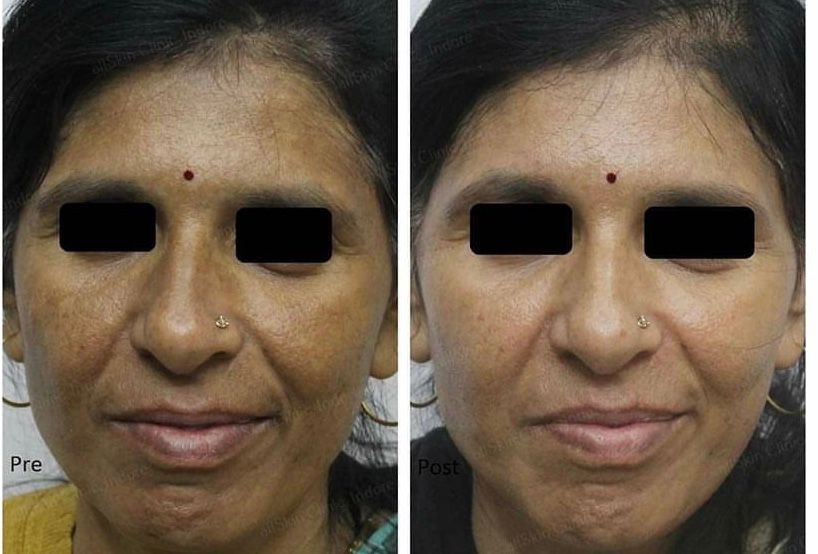
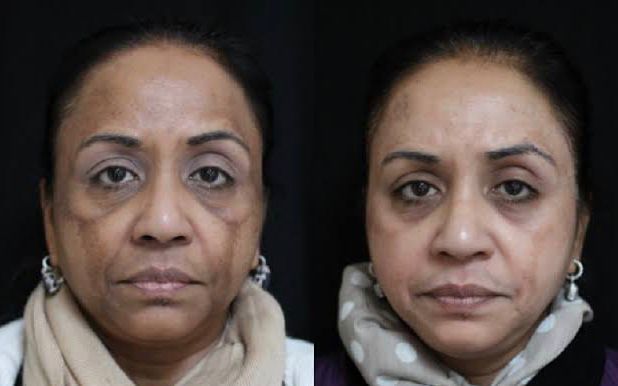
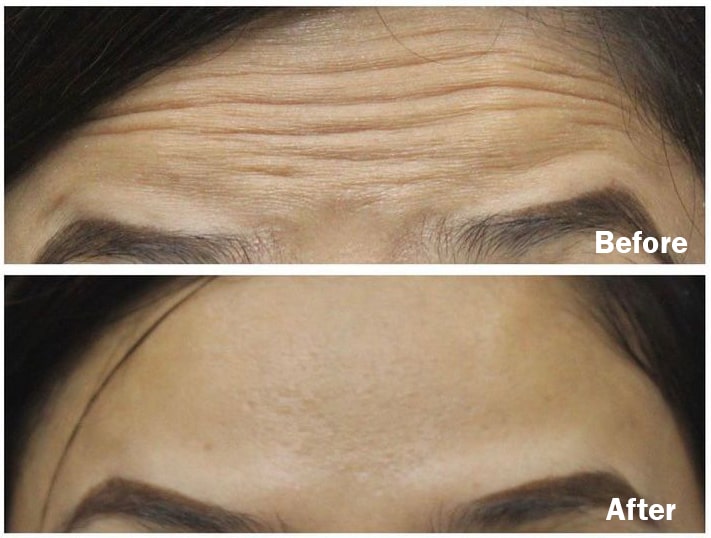
BOTOX® is a good option for preventing and reducing dynamic wrinkles on your face. By reducing the responsiveness of facial muscles, BOTOX® helps maintain a younger appearance. However, because the botulinum toxin works on the nerves under your skin, there’s no direct benefit for the quality of your skin
Safe underarm lightening is using non-invasive, gentle ways to treat hyperpigmentation or darkening of the underarm area. To ensure safe underarm lightening, prioritise safe and gentle skincare practises, recognise the underlying causes, and seek professional guidance. It is important to be patient and persistent while avoiding harsh products or practises that may aggravate or worsen the issue.
Choosing the best skin lightening procedures requires thinking about safety, effectiveness, and addressing the underlying reasons for skin darkness.
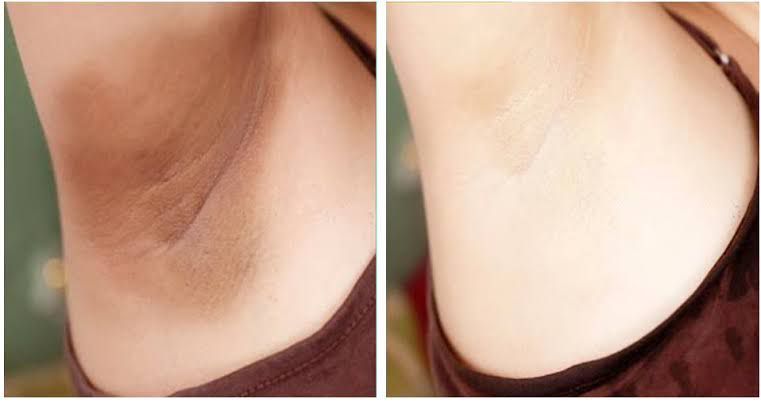
Wellness @2024 All Rights Reserved | Designed by Onetech Solution